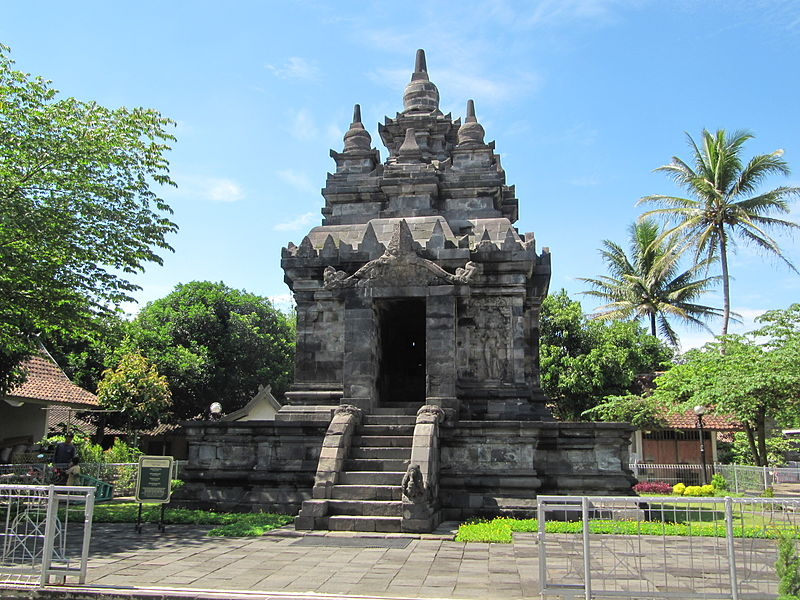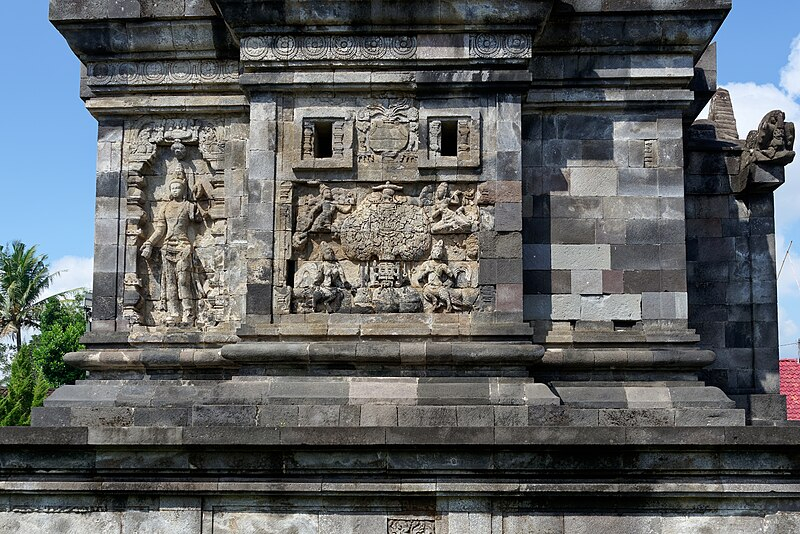Pawon Temple
Pawon Temple, a hidden gem between Borobudur and Mendut in Central Java, Indonesia, may be small but carries a hefty dose of historical charm. Built-in the 9th century, it is crucial in the sacred Vesak pilgrimage.
This little gem got its name from the Javanese word for "kitchen," but folks also link it to a place filled with dust. Some think it might've held the ashes of King Indra, while others say it was where the Flaming Thunderbolt, his supposed weapon, was kept.
Located between Borobudur and Mendut, this temple is like a vital dot in a sacred line. Despite its size, it’s got some serious charm. Picture this: a rectangular platform with a curvy 20-sided base, giving it a unique vibe compared to other temples. Like Hindu temples, it's slim and decked with flower and vine sculptures. Plus, its entrance rocks this Kala Makara arch—kind of a signature thing in Javanese temples.
What’s neat are the carvings on the walls. They're like a storybook etched in stone, featuring Bodhisattvas, Taras, and this divine tree of life called Kalpataru. The temple's chamber might be empty now, but they say it once held a statue that radiated rays—some bronze Bodhisattva, perhaps?
Even though Pawon Temple’s not the biggest star in the show, it’s a history lover's dream. Its charming design and mysterious background earn it the title of "the jewel of Javanese temple architecture." It might be small, but it’s big on history and a must-see for anyone curious about the best Buddhist temples in Indonesia.
Address: 96V9+GRV, Brojonalan, Dusun 1, Wanurejo, Kec. Borobudur, Kabupaten Magelang, Jawa Tengah 56553, Indonesia
Opening Hours: 7 a.m.–11 a.m.; 12 p.m.–4 p.m. (Monday–Sunday, closed on Thursday)












